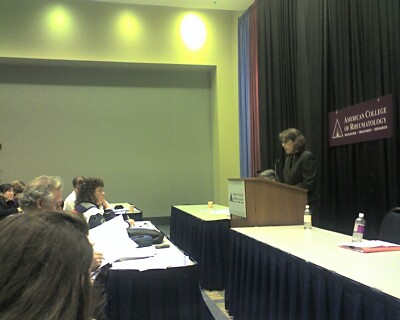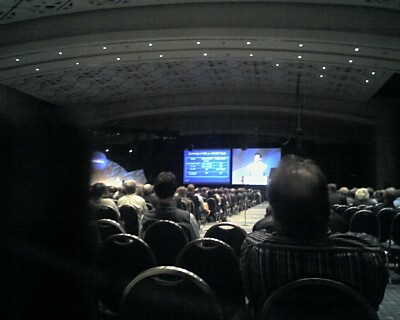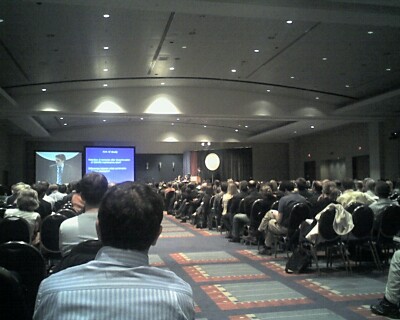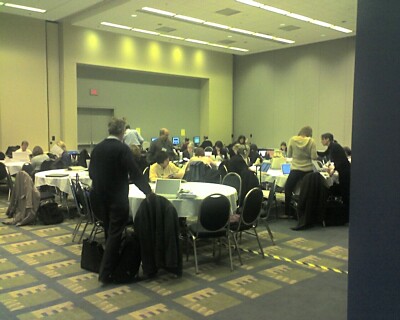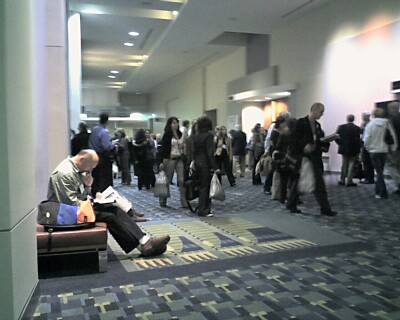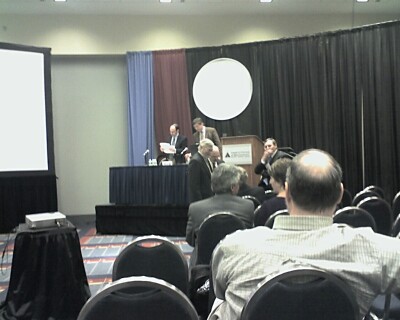We all struggle
From Beth Axtell, research communications specialist for the Arthritis Foundation:
I liked your blog entry – here’s a response from me:
Like you, I have been struggling with changing my lifestyle. Actually, I succeeded in changing my lifestyle, but I’ve been slipping back into old habits lately. I know exactly what I should eat, I know exactly what kind of exercise program works best for me. I know what I need to do to feel good. But, life throws curveballs and there are decisions to make about priorities.
Spend an hour after work helping my daughter with her homework or go to the gym for an hour? Who’s more important my daughter or me? Spend Sunday afternoon baking cookies with the kids – a wholesome family activity – but one that results in cookies being available for consumption (a temptation I am not able to forego). Have date night with my husband (which usually involves dinner and a glass or two of wine) or skip date night because I shouldn’t have the rich food and alcohol. Play pirates with my son or do the laundry, or scrub the toilet, or go grocery shopping, or go for a run, or make a healthy dinner – or forget it all and load the family in the car and go out for pizza and ice cream.
I know, I know. There are compromises I could make. I could help my daughter with her homework then go to the gym after she goes to bed at night. Rather than baking cookies with the kids we could prepare a salad together (that’s likely to happen!). Spend time with your husband at the bookstore rather than out at dinner. Sometimes it all just gets to be too much work.
Some days I wonder if it would be better to ease the burden off of myself and live my life a little more fully. On my deathbed, will I regret that I was a size 12 rather than a 6? Maybe it’s better to have a glass of wine in the evening or a few cookies with the kids – enjoy my life rather than being ferociously dedicated to my health regimen. Will it make it worth it if my health program – with its quadriceps strengthening exercises, fat-battling cardio and joint-aligning foot orthotics – prevents me from developing painful OA or diabetes or heart disease? Where is the balance? Can someone tell me exactly what weight I need to be or exactly how often I need to exercise or just how many cookies I’m allowed to eat?
